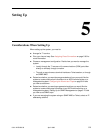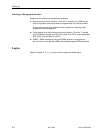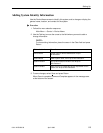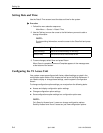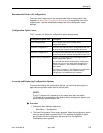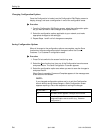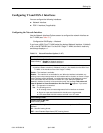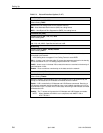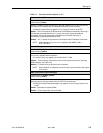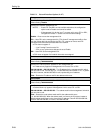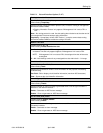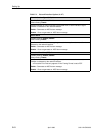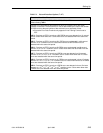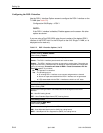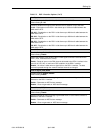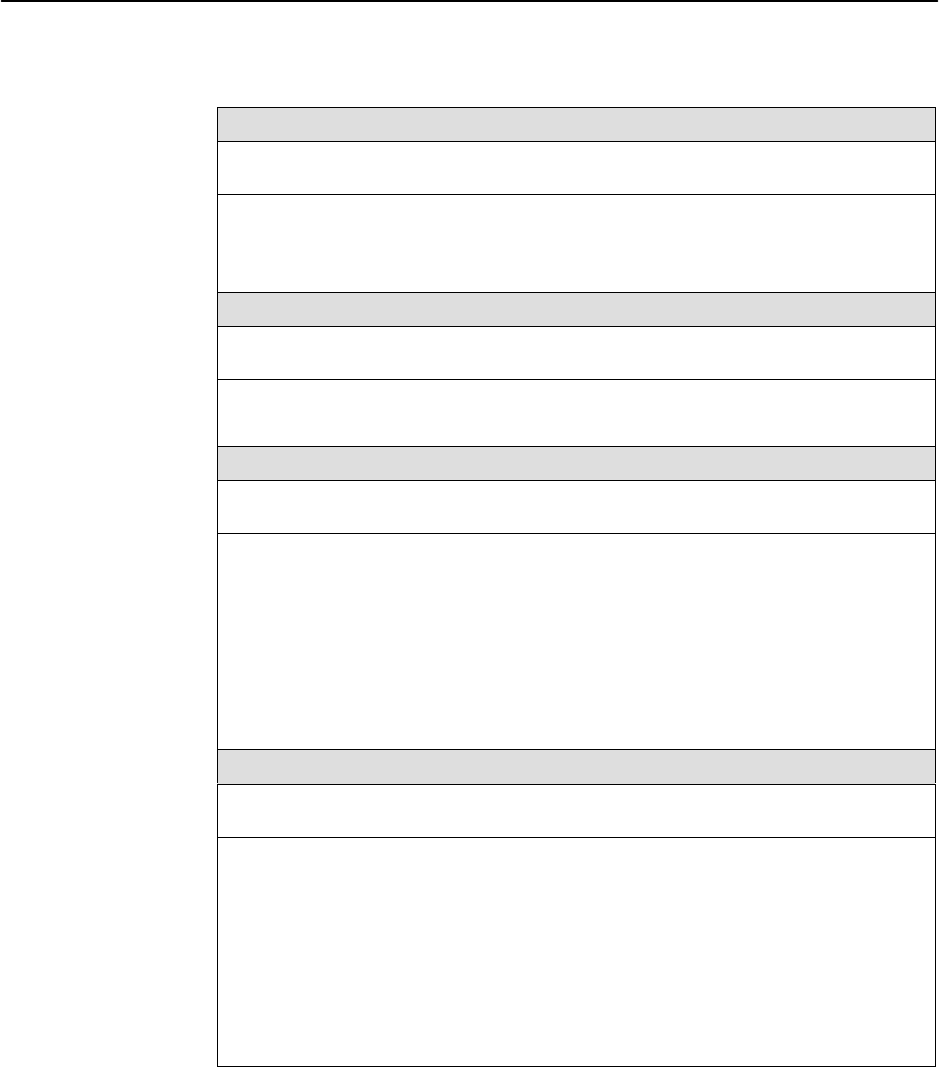
Setting Up
5-8
9161-A2-GH30-30
April 1998
Table 5-1. Network Interface Options (2 of 7)
Line Coding Format
Possible Settings: AMI, B8ZS
Default Setting: B8ZS
Specifies the line coding format for the network interface.
AMI – Uses Alternate Mark Inversion (AMI) line coding format.
B8ZS – Uses Bipolar 8 Zero Suppression (B8ZS) line coding format.
Line Build Out (LBO)
Possible Settings: 0.0, –7.5, –15, –22.5
Default Setting: 0.0
Specifies the line build out for the signal transmitted to the network.
0.0, –7.5, –15, –22.5 – Specifies line build out in dB.
Bit Stuffing
Possible Settings: 62411, Part68, Disable
Default Setting: 62411
Determines the type of bit insertion to provide ones density requirements for data
transmitted to the network.
H Bit Stuffing does not appear if Line Coding Format is set to B8ZS.
62411 – Inserts a one in the data after 15 consecutive zeros are received or the density
of ones falls below 12.5%. This setting complies with AT&T TR 62411.
Part68 – Inserts a one in the data if 80 consecutive zeros are received or the density of
ones falls below 12.5%.
Disable – Does not enforce ones density on the data sent to the network.
Network Initiated LLB
Possible Settings: Enable, Disable
Default Setting: Enable
Allows the initiation and termination of the line loopback (LLB) to be controlled by the
receipt of LLB-Actuate and LLB-Release commands from the network.
Enable – LLB is controlled by LLB-Actuate and LLB-Release commands. Receiving a
LLB-Actuate command causes the NAM to enter a line loopback (provided an LLB can
be performed in the T1 access unit’s current state). Receiving a LLB-Release command
terminates the LLB.
Disable – The T1 access unit ignores the LLB-Actuate and LLB-Release commands.
NOTE: When disabled, the NAM is not in compliance with ANSIT1.403 or
AT&T TR 62411.




